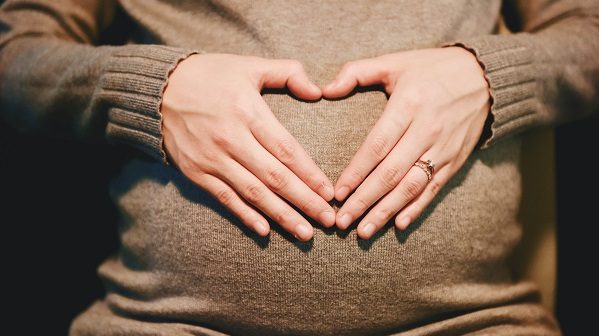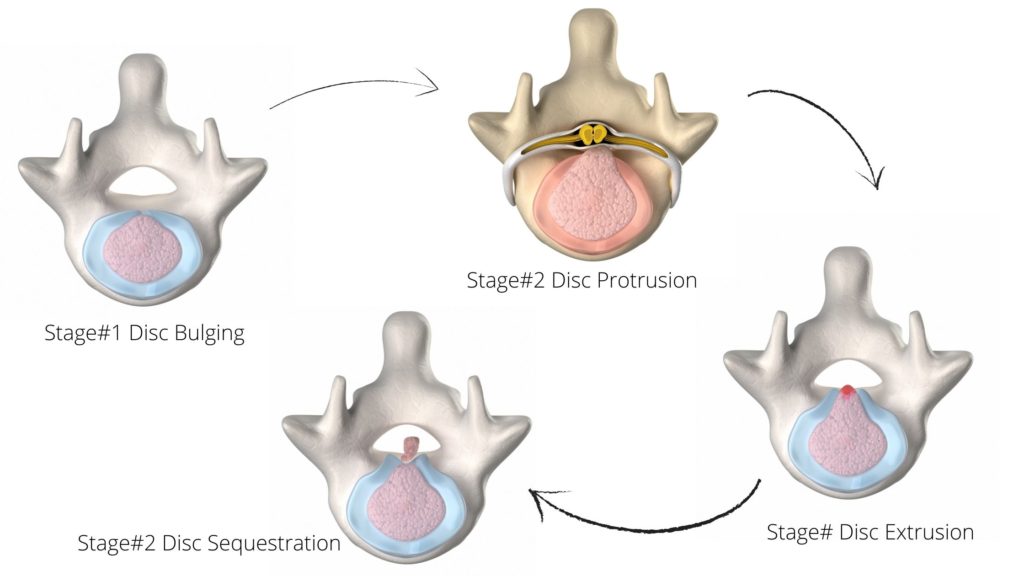Last updated on February 10th, 2023 at 12:59 pm

If you suffer from very painful headaches and have done so since you were young, chances are you may suffer from migraine headaches. Normally, those who suffer from migraine attacks are between the ages of 10 to 40.
No one knows why migraine happens in these age groups, but by the time someone reaches fifty, attacks almost never occur. Members of the same family often complain of migraines headaches and there is believed to be a hereditary link; however, science has not yet proved that there is, in fact, a genetic factor at work.
Where does migraine come from & how it feels?
- More often, a migraine only affects one side of the head, unlike headache due to neck pain which feels on the front of the
forehead . - It usually causes unbearable pain that can make you irritate and can last anywhere from 4-72 hours if not treated, and requires you to take to your bed.
- An attack is debilitating and sufferers are usually left feeling crippled and exhausted after the head pain has passed.
- For some people, there can be long periods without
headache , - Other symptoms, similar to those of flu, are experienced by the patient, like light sensitivity and chills, and a feeling of lightheadedness.
- A distinct warning called an aura usually happens before the migraine attack by 10-30 minutes.
- Migraines can also attack even without the aura, and builds up to an extreme intensity which is provoked more by continuous motion, light and noise, and often results in nausea and vomiting.
- Those who are afflicted say a headache is often so intense that it impedes their regular routine, disrupting daily activity and often keeping them awake at night.
Signs that you are experiencing the aura mostly involve the senses and can include (its different from vertigo)
- Queasiness
- Problems with vision
- Reduction in the sensations of taste
- Difficulty with verbal skills
Cause of migraine headache
A condition that causes an inflammation of blood vessels in the brain is said to be a factor in migraine attacks. People with sensitivity in this area normally suffer from migraines.
Also, women have a three times greater chance of having
Final word
You may experience one or more triggers with each attack. The most common complaints are bad weather, particular foods, and beverages, being at a great height, bright lights, insomnia, and stress.
Keep Reading: Vertigo & migraine has new hope: place this device on neck
The author is a physiotherapist who has been practising for the last 17 years. He holds a Bachelor's in Physiotherapy (BPT) from SVNIRTAR (Swami Vivekananda National Institute of Rehabilitation and Research), one of the prestigious physiotherapy schools in India.
Whatever he learns dealing with his patient, he shares it with the world through blogs and e-books. He also owns a YouTube channel, "Sunit Physiotherapist" with over 8 lakh active subscribers. Here, he shares everything he gets to learn serving the patient.






We have to quit treating the impact and kill the reasons for headaches. For quite a long time the normal cry has been that migraines were caused by pressure. From mine and others encounters also we can concur that pressure can be a reason, however it is not really the main source of headaches. I find a very good website for the OTC Medications, If you want you can visit this site.
Thank you
Headaches are famously hard to analyze. They share manifestations with different sorts of migraines. To enable you to recognize, we depict five sorts of cerebral pains that occasionally get mistook for headaches.
Thanks
Awesome post